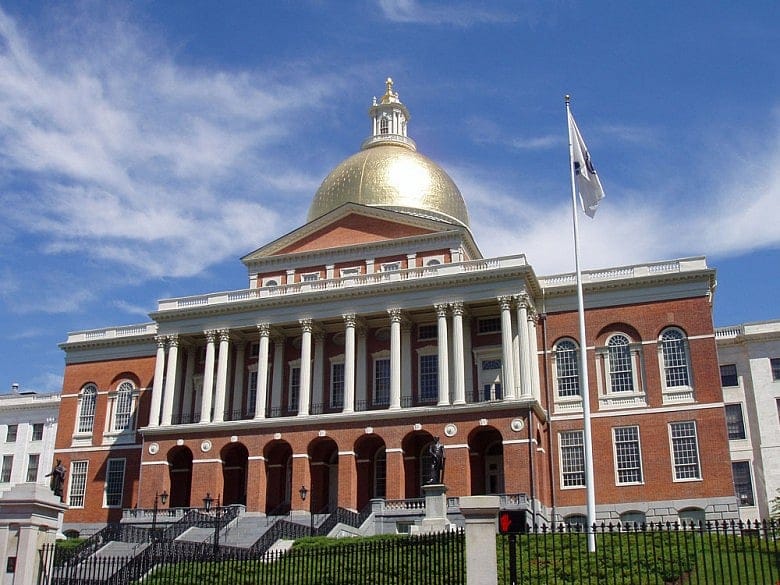Mass. on track to hit its debt ceiling for the first time

STATE HOUSE — A sticking point in the D.C. donnybrook that led to a 2013 government shutdown, the national debt ceiling has become a perennial catalyst for political brinkmanship in Washington.
But Massachusetts has had its own debt ceiling since 1989, and the state is on track to hit it in the next fiscal year for the first time in the memories of state officials, according to the Executive Office of Administration and Finance and the state Treasury.

